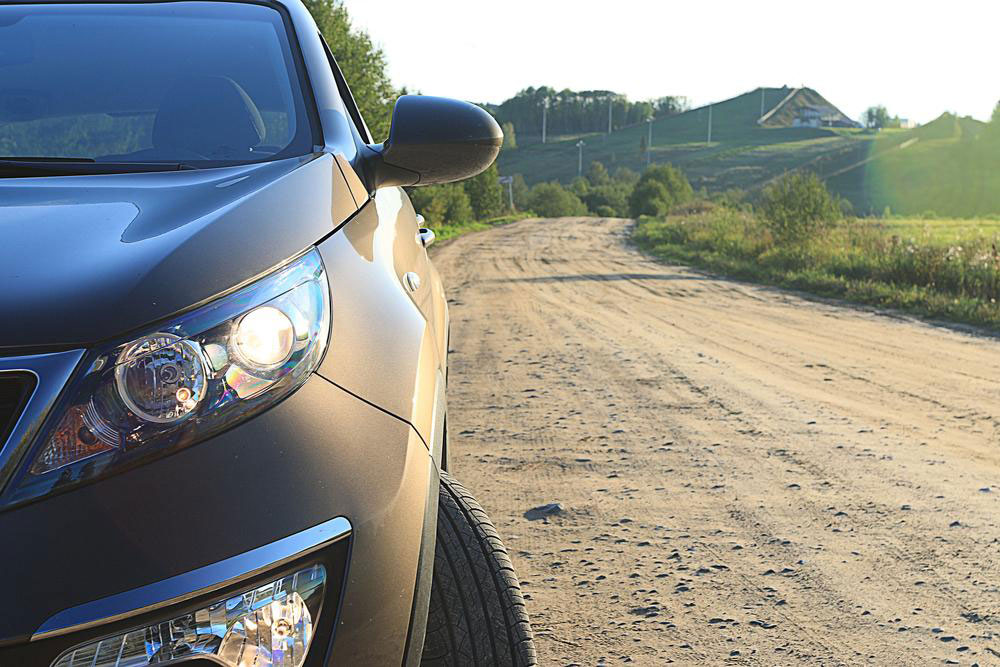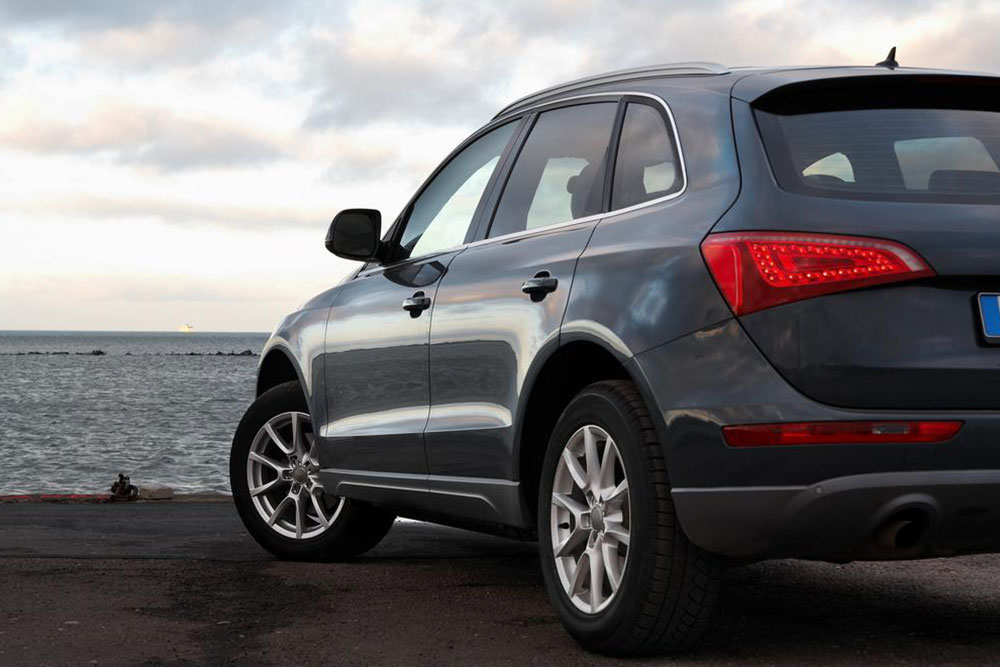Enhanced Design and Performance: The Evolution of the Second-Generation Honda CR-V
The second-generation Honda CR-V introduced in the early 2000s brought significant upgrades in design, performance, and safety. It featured a powerful yet fuel-efficient engine with innovative i-VTEC technology, alongside modern interior and exterior enhancements. This generation solidified Honda's reputation for reliability and innovation, making it a popular choice for families and adventure lovers alike. From improved handling to advanced safety features, the CR-V set new standards in the compact SUV segment, maintaining its popularity until 2006.

Key Innovations and Upgrades in the Second-Generation Honda CR-V
The second-generation Honda CR-V marked a significant milestone in Honda’s SUV lineup, bringing together advanced design elements, improved performance metrics, and enhanced technological features that set it apart from the first-generation model. Released in the early 2000s, this iteration was Honda’s answer to evolving customer needs for a more efficient, comfortable, and stylish compact SUV. The improvements made not only elevated the vehicle's appeal but also reinforced Honda’s reputation for reliability and innovation in the SUV segment.
Introduced in 2002, the second-generation Honda CR-V was characterized by its robust performance and efficient engineering. It was equipped with a 2.4-liter four-cylinder i-VTEC engine that delivered 160 horsepower, providing a significant boost in power compared to the previous model. The torque output of 162 lb. ft. contributed to smoother acceleration and better towing capacity, making it a versatile choice for families and outdoor enthusiasts alike. Honda’s integration of the innovative i-VTEC technology played a crucial role in balancing performance and fuel economy, a key factor for consumers in this class.
One of the hallmark features of this generation was its refined exterior design, which combined modern aesthetics with aerodynamics to enhance overall efficiency and visual appeal. The vehicle boasted a more streamlined shape, with sleek lines and a distinctive front grille, making it stand out in its class. Inside, Honda made significant strides by upgrading the interior comfort and technological features. The second-generation CR-V offered a spacious cabin, high-quality materials, and a user-friendly infotainment system that included better audio options, navigation, and climate control systems — factors that greatly enhanced the driving experience.
The suspension system was also improved to provide better ride quality and handling, which was particularly important for urban driving and long-distance travel. Safety features saw notable improvements with the addition of anti-lock brakes (ABS), side-impact airbags, and reinforced crash zones, aligning with Honda’s commitment to occupant safety during this era. Moreover, the vehicle's increased ground clearance and durability made it suitable for light off-road adventures, appealing to a broader customer base.
Throughout its production run until 2006, the second-generation Honda CR-V experienced consistent popularity, driven by its reputation for reliability, fuel efficiency, and advanced features. It became a favorite among families and outdoor explorers, thanks to its spacious cargo area, versatile seating arrangements, and overall practicality. The model's success propelled Honda to continue innovating and refining their SUV lineup, setting a benchmark for competitors in the mid-sized SUV market.
In conclusion, the second-generation Honda CR-V exemplified Honda’s dedication to continuous improvement by combining powerful performance with fuel economy, sophisticated design, and safety innovations. Its introduction marked an important evolution in the SUV market, offering consumers a balanced blend of efficiency, style, and practicality—attributes that have made Honda CR-V a household name globally.





